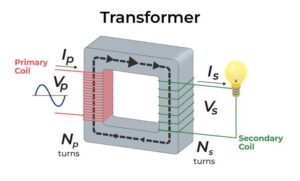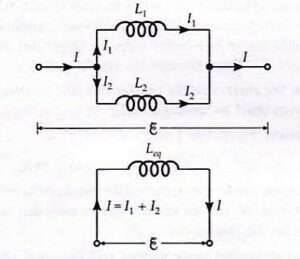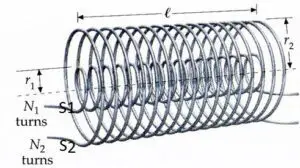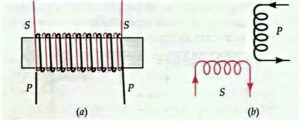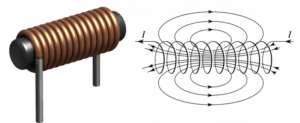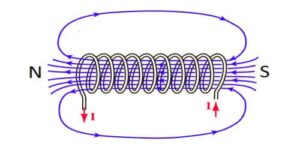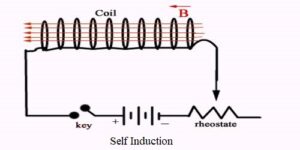Introduction
Somewhere in your life, you must have played with electric motors. When we supply electric current to the motor, its shaft starts rotating. You must have enjoyed it.
There are various playing gadgets that have motors such as remote controls cars, fans, etc. The concept of electromagnetic induction says that if we can rotate the shaft of motors by supplying current then it can also produce electric currents by rotating the shaft of motors by any external means.
This important concept of physics (electromagnetic induction) is first discovered by Micahel Faraday in 1831. This discovery by Michael faraday has revolutionized the field of electrical engineering, and arise a new chapter in physics titled “electromagnetic induction”.
Well, In this article, we will discuss the concept of electromagnetic induction, and we also discuss the definition, introduction, and its history. So let’s get started…
What is electromagnetic induction?
Electromagnetic induction is a process by which an electromotive force is produced across the electrical conductor by changing the magnetic field.
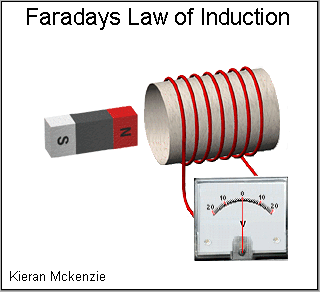
When the shaft of the motor is rotated by external means, the magnetic field linked to the coil changes. This changing magnetic field induced an electric current in the coil. In the above figure, you can see that a bar magnet is moving in and out of the coil.
This motion of the magnet changes the linked magnetic field in the coil, and hence this process induced an electric current in the coil. You can see the deflection of the galvanometer which shows the appearance of the electric current in the coil.
Electromagnetic induction has been widely used in various machines such as inductors, transformers, generators, electric motors, etc.
Read Also
- Tangent galvanometer class 12 – principle, construction, theory, and working
- Moving coil galvanometer class-12, definition, working principle, construction, and Applications
Who discovered electromagnetic induction?

Electromagnetic induction is discovered by Michael Faraday in 1831, and James Clerk Maxwell mathematically described it as Faraday’s law of induction. Lenz’s law describes the direction of the induced electric current. Later, Faraday’s law was generalized to become the Maxwell–Faraday equation, one of the four Maxwell equations in his theory of electromagnetism.
Read Also
Magnetic flux – definition, formula, units, and dimensions
History of electromagnetic induction
The concept of Electromagnetic induction was given by Michael Faraday in 1831. But induction was independently discovered by Joseph Henry in 1832.
Faraday demonstrated his first experiment on 29 August 1831. In his first experiment, he wounded two wires around opposite sides of an iron ring or “toroidal core” (an arrangement similar to a modern toroidal transformer). On the basis of his understanding of electromagnets, he expected that when current began to flow in a wire, some kind of wave would travel through the ring and cause an electrical effect on the opposite side.
Read Also
- What is a toroid? definition, formula, advantages and uses, class-12
- Magnetic field due to the toroid, derivation class-12
He connected one wire to a galvanometer and watched as he connected the other wire to a battery. This induction was due to the change in magnetic flux that occurred when the battery was connected and disconnected. Within two months, Faraday found several other manifestations of electromagnetic induction. For example, he saw transient currents appear as he quickly moves a bar magnet in and out of the coil, and from a coil of wire he generated a constant DC current by rotating a copper disc near the bar magnet with a sliding electric wire (“Faraday disc”).
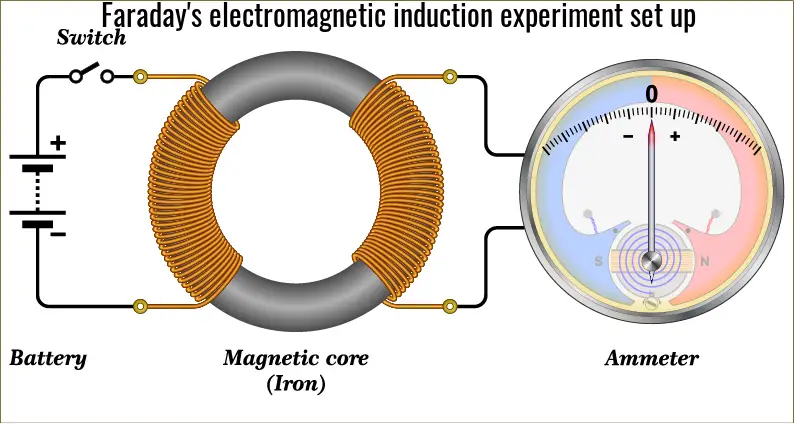
When Michael Faraday explained electromagnetic induction to someone then he used a term called lines of force. This term was usually used by faraday when he explains it to someone. However, faraday’s theoretical ideas were largely rejected by scientists at that time, because his theory has no mathematical formulation. But, James Clerk Maxwell was the person, who used Faraday’s ideas as the basis for his quantitative electromagnetic theory. In Maxwell’s model, the time-varying aspect of electromagnetic induction is expressed as a differential equation, which Oliver Heaviside called Faraday’s law.
Heinrich Lenz formulated a law in 1834, which is named after him to describe the “flux through the circuit”. Lenz’s law gives the direction of the induced EMF and current resulting from electromagnetic induction.
Faraday law and relativity
Faraday’s law describes two different phenomena:
- The motional EMF created by a magnetic force on a sliding wire.
- and the emf of the transformer created by an electric force due to a changing magnetic field.
James Clerk Maxwell drew attention to these two different physical phenomena in 1861. It is believed that this is a unique example in physics where such a fundamental law is used to explain these two different phenomena. Albert Einstein found that the two situations corresponded to relative motion between a conductor and a magnet and the result were not affected by the motion of either. This was one of the main paths that led him to develop the special theory of relativity.
Applications of electromagnetic induction
The principles of electromagnetic induction are used in many devices and systems, some of them are:
- Current clamp
- Electric generators
- Electromagnetic forming
- Graphics tablet
- Hall effect meters
- Induction cooking
- Induction motors
- Induction sealing
- Induction welding
- Inductive charging
- Rowland ring
- Transcranial magnetic stimulation
- Transformers
- Wireless energy transfer
Read Also
Stay tuned with Laws Of Nature for more useful and interesting content.

